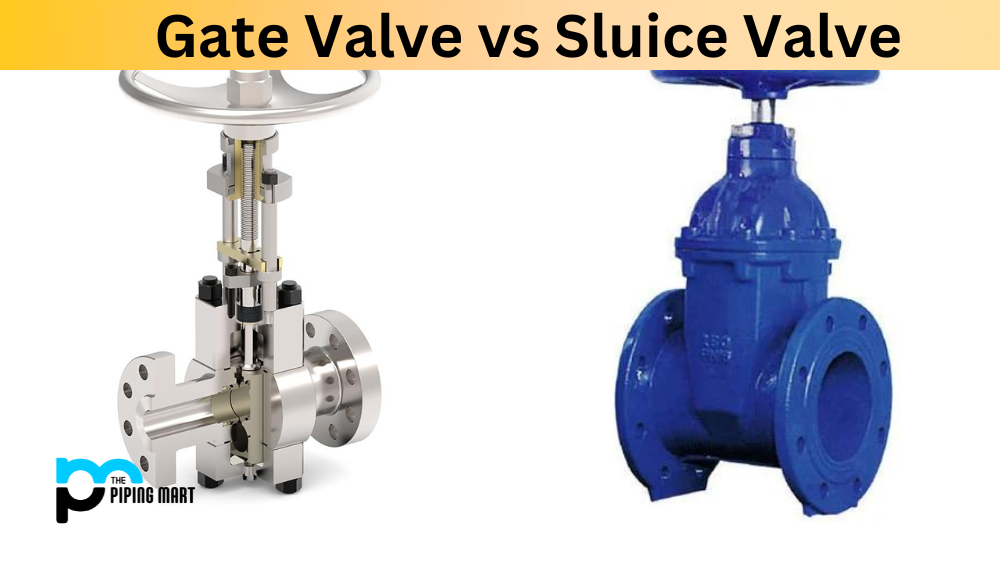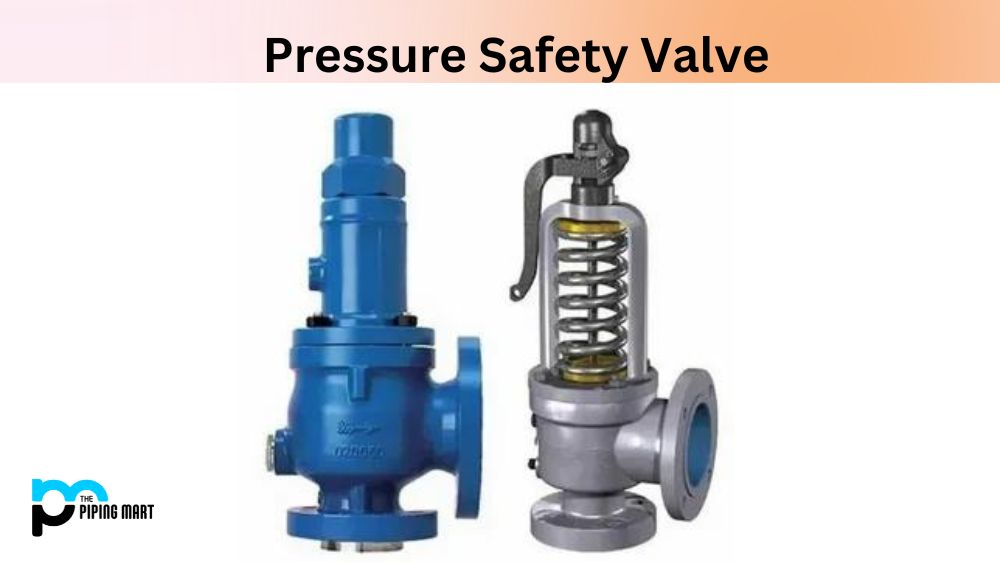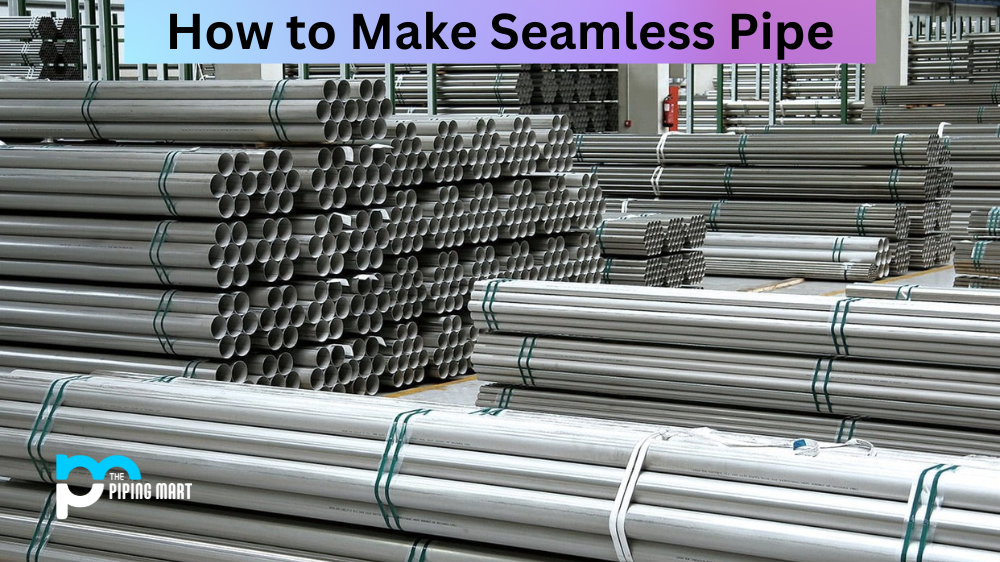When designing a plumbing system or simply replacing broken valves, you must consider the type of valve you need. Two popular options are the gate valve and the sluice valve. Both valves are commonly used in household and commercial plumbing systems but have different designs and applications. In this blog post, we’ll dive into the differences between these two valves and help you determine which suits your plumbing needs.
Difference Between Gate Valve and Sluice Valve
Design and Applications
Both gate and sluice valves are designed to control the flow of fluids in the plumbing system. However, their structural designs are different.
Gate valves feature a gate-like wedge that moves up and down to control fluid flow—the wedge seals against two seats on either end of the valve’s body. When the wedge is lowered, the fluid can flow freely; when it’s raised, the flow is blocked. Due to their tight sealing, gate valves are ideal for applications where the fluid must be completely shut off, such as in emergencies.
On the other hand, sluice valves have a cylindrical-shaped disk that moves open or closed to control the flow. Unlike gate valves, they only have one seat, which is often rubber-lined. This design makes them better suited for applications requiring a gradual or low flow rate, such as irrigation systems.
Material
Another essential aspect to consider when choosing between a gate valve and a sluice valve is the material from which they are made.
Gate valves may be made from various materials, including brass, bronze, cast iron, and stainless steel. The materials used depend on the specific application and the environment in which the valve will be exposed.
Similarly, sluice valves may be made from copper, PVC, or other materials. However, they are often made from cast iron and are designed explicitly for drainage applications.
Size
When selecting a valve, the size of the valve also plays a vital role in determining the right one for your plumbing needs.
Gate valves come in a broader range of sizes than sluice valves. They are typically found in sizes from 0.5 to 24 inches and are ideal for effective flow rates. Sluice valves, on the other hand, are often limited to smaller sizes. They are typically available in sizes up to 10 inches.
Maintenance
Both gate and sluice valves require maintenance to ensure optimal performance over time. Gate valves may have a more complex design that requires routine cleaning and inspection to prevent buildup and corrosion. Sluice valves, being simple valves, may still require regular servicing to ensure smooth functionality.
To maintain the proper functioning of the valves, corresponding accessories like valve levers and rod extensions must be coordinated based on the valve’s size and application.
Conclusion
In conclusion, choosing the correct valve for your plumbing system can make all the difference in achieving optimal performance. The gate and sluice valves are popular options, each with unique advantages and disadvantages. The choice ultimately depends on your specific needs, such as the valve’s application, material, size, and maintenance requirements. Considering these factors, you can make an informed decision and select the correct valve.

Abhishek is a seasoned blogger and industry expert, sharing his insights and knowledge on various topics. With his research, Abhishek offers valuable insights and tips for professionals and enthusiasts. Follow him for expert advice on the latest trends and developments in the metal industry.




